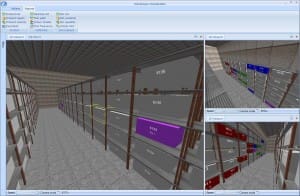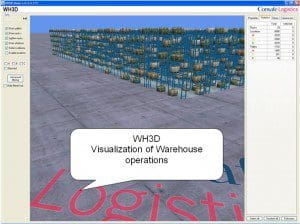Over the past two months, I’ve been interviewing Warehouse Management Systems (WMS) vendors, as I update our annual Warehouse Management Systems Worldwide Outlook study. Many vendors told a similar story of woe about 2008. The year started well, and then selling cycles began to lengthen in the third quarter. Many suppliers, particularly mid-size and smaller vendors, were not able to close any new software deals in the fourth quarter.
Based on the global economic turmoil, it is not surprising that the WMS market shrank in 2008. What is surprising is just how well the top five suppliers performed last year. Based on our research and estimates, these leading suppliers (in alphabetical order) – HighJump Software, Manhattan Associates, Oracle, RedPrairie, and SAP– grew their total revenues last year. Four of the five vendors posted double-digit revenue growth (year-over-year), and the other grew by more than thirty-five percent.
I was surprised that the WMS market shrank by only about one percent in 2008, until I looked at the data and realized that the top five suppliers account for just over half of the total market based on revenues. Without the strong year these vendors had, the market would have contracted far more severely.
ARC has conducted the WMS study for over a decade (the latest update will be published in April). In most years, almost all of the larger WMS suppliers gain market share. That trend can’t continue forever. Eventually the market will reach a point where in order for a large supplier to gain market share, they will have to take it away from another major vendor. Next year may be that year. ARC expects that at least ten WMS suppliers will go out of business.
Smaller WMS suppliers have always faced questions about their ongoing viability. Will this vendor be around in a few years to provide support? How much can they continue to invest in product development? These are some of the questions prospective customers tend to ask, and it is not uncommon for them to review a vendor’s financials for reassurance that a vendor is financially viable. In the coming year, more small suppliers are going to be asked to open up their books, and many will fail that test.
In a smaller, consolidated market, the major suppliers will find that the WMS market is much more of a zero sum game. One vendor’s growth will come at another’s expense.


















